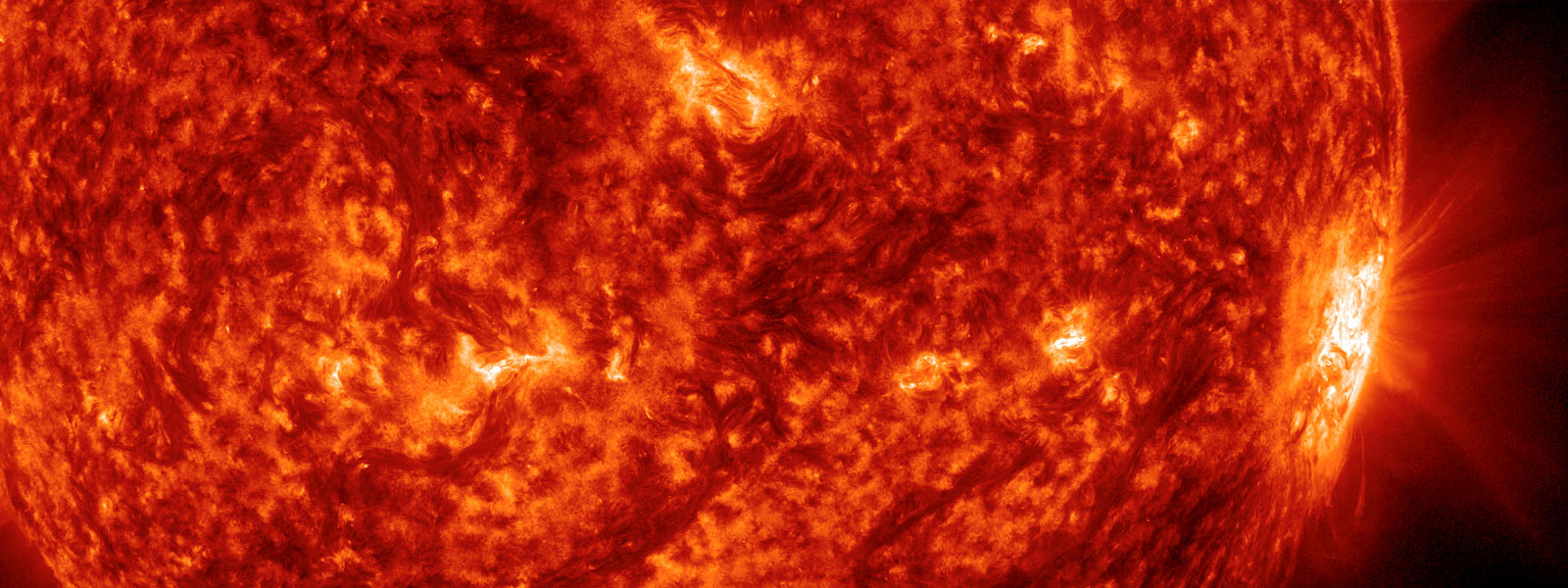
Modelling and computer simulation
Computer simulations are a good way to build and test models of space physics processes. In this way, the experimental data are explained in reference to the physics in the models, and the computer models are improved by comparison with the experimental data. This cycle develops understanding to the level of predictability and applications of the research. We design and code a number of simulations using the differential equations of Space Physics, which have wide application to Astrophysics.
Hybrid simulations couple the electromagnetic field equations with charged particle dynamics. This simulation shows the time development of particles and fields when we have two counterstreaming ion beams.
The equations of magnetohydrodynamics are a combination of the electromagnetic (Maxwell-Heaviside) and fluid equations. In general, the MHD equations are non-linear. An example in space physics is the modelling of the Kelvin-Helmholtz instability. This appears in when we have fluids of different densities with a velocity shear at the interface. Examples include atmosphere wind shear, lakes (wind over water) and the magnetopause boundary. The simulation shows a time development computer model of the magnetopause boundary.
Linearising the MHD equations allows us to simulate ULF wave propagation in the magnetosphere. At Newcastle, we have focussed on improving these models by adding in realistic ionosphere boundary conditions.The simulation shows the ULF wave fields in the magnetosphere, spectra of signals expected at the ground (data from magnetometers) and time series at various latitudes. The relatively bright curves in the E plot show field line resonances - guitar string resonances of the magnetosphere.
Beam
KHI Test
Hybrid
The University of Newcastle acknowledges the traditional custodians of the lands within our footprint areas: Awabakal, Darkinjung, Biripai, Worimi, Wonnarua, and Eora Nations. We also pay respect to the wisdom of our Elders past and present.
